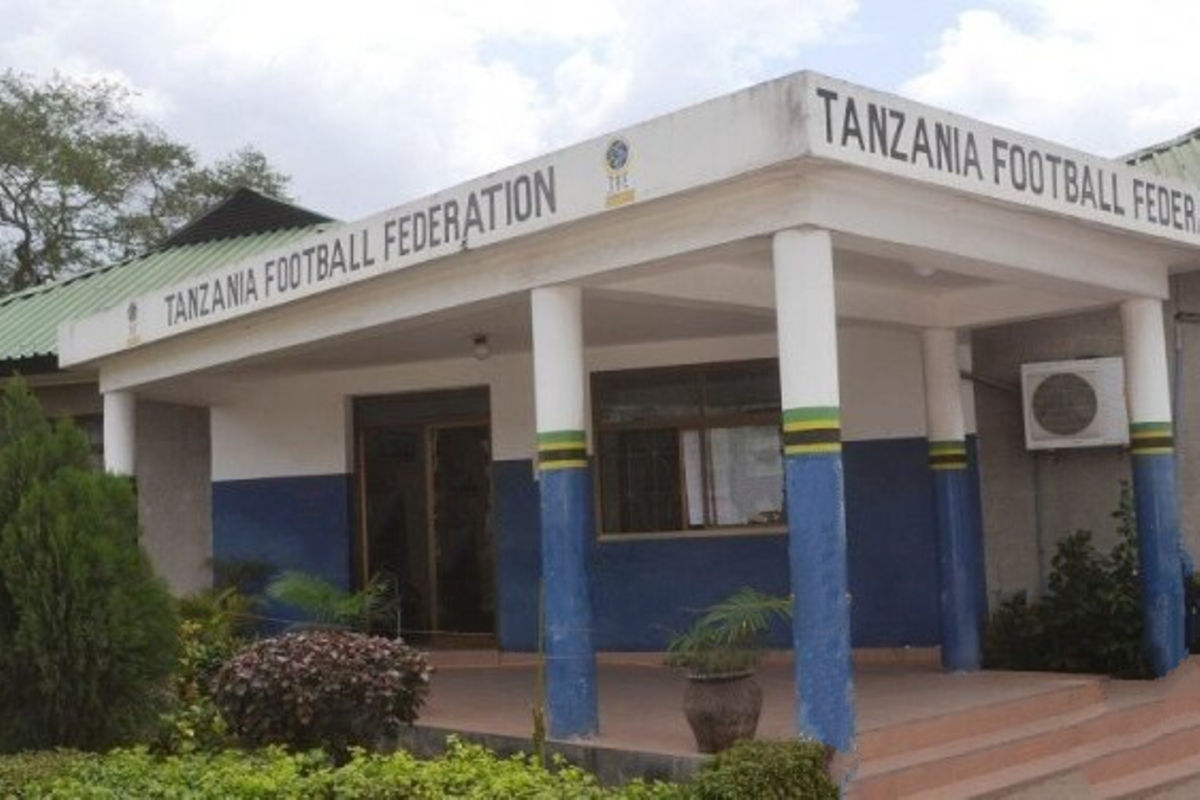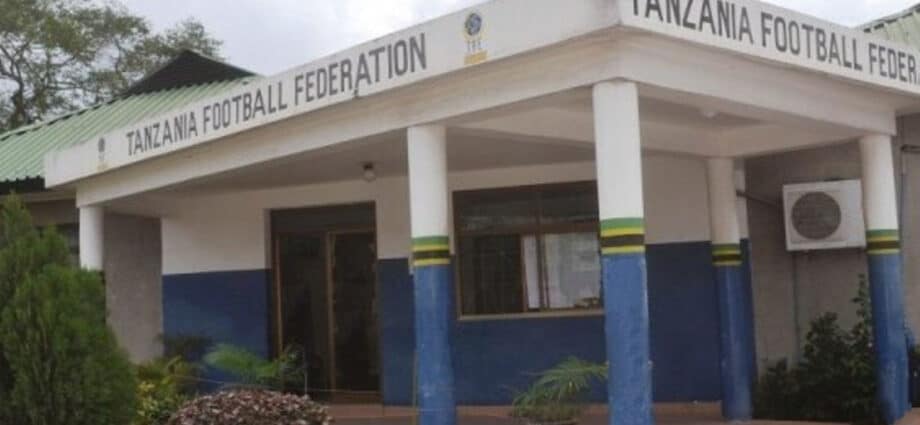
Since the early years of our independence, incitement cases in Tanzania have rarely reached a logical conclusion in court.
Most either collapse on technical grounds, are withdrawn by prosecutors, or fade into obscurity.
The challenge, almost always, lies in how the charge itself is interpreted, and more crucially, in the evidentiary burden required to prove it.
For a charge of incitement to stand, courts generally require proof that the accused’s words were not only provocative but also effective, that they actually compelled someone to act.
Legal precedent demands that witnesses come forward to say they were influenced to take specific steps as a result of what was said.
In the absence of such evidence, conviction becomes nearly impossible.
Yet, in recent times, the Tanzania Football Federation (TFF)’s Ethics Committee seems to be operating under a different legal standard.
Despite including lawyers who understand the strict requirements of incitement law, the committee has handed out verdicts with little regard for this legal threshold.
A recent case in point: Young Africans (Yanga) media officer Ali Kamwe was found guilty of incitement after posting on Instagram about questionable refereeing decisions and calling for an investigation. If this qualifies as incitement, then we are redefining the term entirely.
There was no evidence that any fan took action based on Kamwe’s remarks, no protest, no aggression, no plan of retaliation. Just a comment, and a call for scrutiny.
Now contrast that with what transpired just weeks ago, ahead of the CAF Confederation Cup final between Simba SC and RS Berkane.
In a highly charged pre-match meeting, former Simba chairman Hassan Dalali issued statements that bordered on incitement to violence, suggesting, in effect, that those who might sabotage Simba’s chances should be met with physical retaliation.
These words were then reinforced and repeated by Simba spokesperson Ahmed Ally.
Unlike Kamwe’s case, this time there were visible consequences. On match day, some Simba supporters turned aggressive.
Yanga fans were assaulted, ejected from stands, and even had their clothes torn, merely for being suspected of supporting the opposing team.
There was a direct link between the words spoken and the actions taken by fans. If that does not constitute incitement, then what does?
To date, neither Dalali nor Ally has been summoned by the Ethics Committee to explain their conduct. No official communication. No disciplinary proceedings. Nothing.
This glaring inconsistency raises serious concerns. How is it that a comment on social media, one that provoked no visible response, is met with disciplinary action, while inflammatory speech that incited real-life violence is ignored? Such selective enforcement breeds mistrust and undermines the integrity of TFF’s leadership.
Yanga, understandably, feels targeted. Five of its media officers have been dragged before the Ethics Committee and punished.
Meanwhile, similar or even more serious infractions on the other side go unaddressed.
It is difficult to explain this away without raising questions of bias, favouritism, or worse.
This issue goes beyond football administration. The kind of incitement we witnessed in the Amaan Stadium debacle should concern law enforcement.
The police have a constitutional duty to safeguard people and property.
When fans are beaten and humiliated in full view of national and international guests, including Zanzibar President Dr Hussein Mwinyi and CAF President Dr Patrice Motsepe—it becomes a matter of national shame.
It is also a poor reflection of our readiness to host major tournaments.
With CHAN scheduled for August and AFCON 2027 on the horizon, we are at a critical juncture.
Hosting these events is not about filling stadiums with fans; it is about demonstrating our maturity in football governance, law enforcement, youth development, and infrastructure readiness.
If we cannot guarantee fairness, order, and integrity at domestic matches, what message are we sending to the continent?
TFF must address ethical breaches with consistency and courage. If Dalali and Ally are found to have incited violence, they should face the same scrutiny and penalties as others before them.
If they are innocent, then let a transparent process clear their names.
But silence, in the face of such serious allegations, is not neutrality, it is complicity.
The author is a seasoned sports commentator and media analyst. The views expressed are his own and do not necessarily reflect those of The Citizen.













